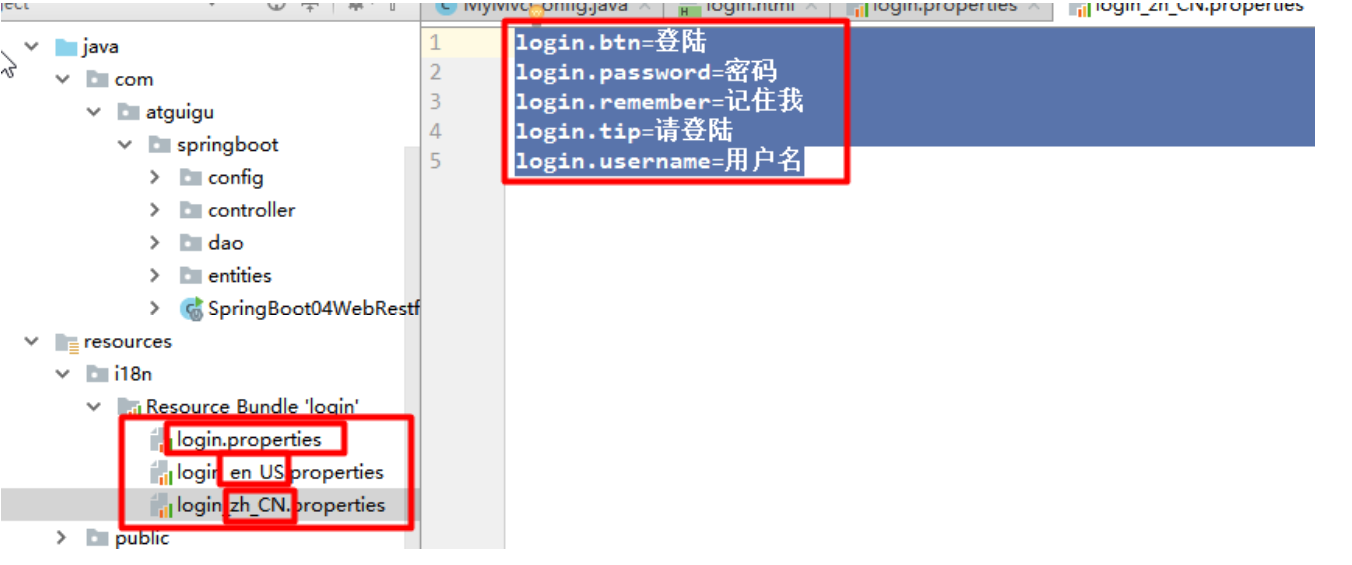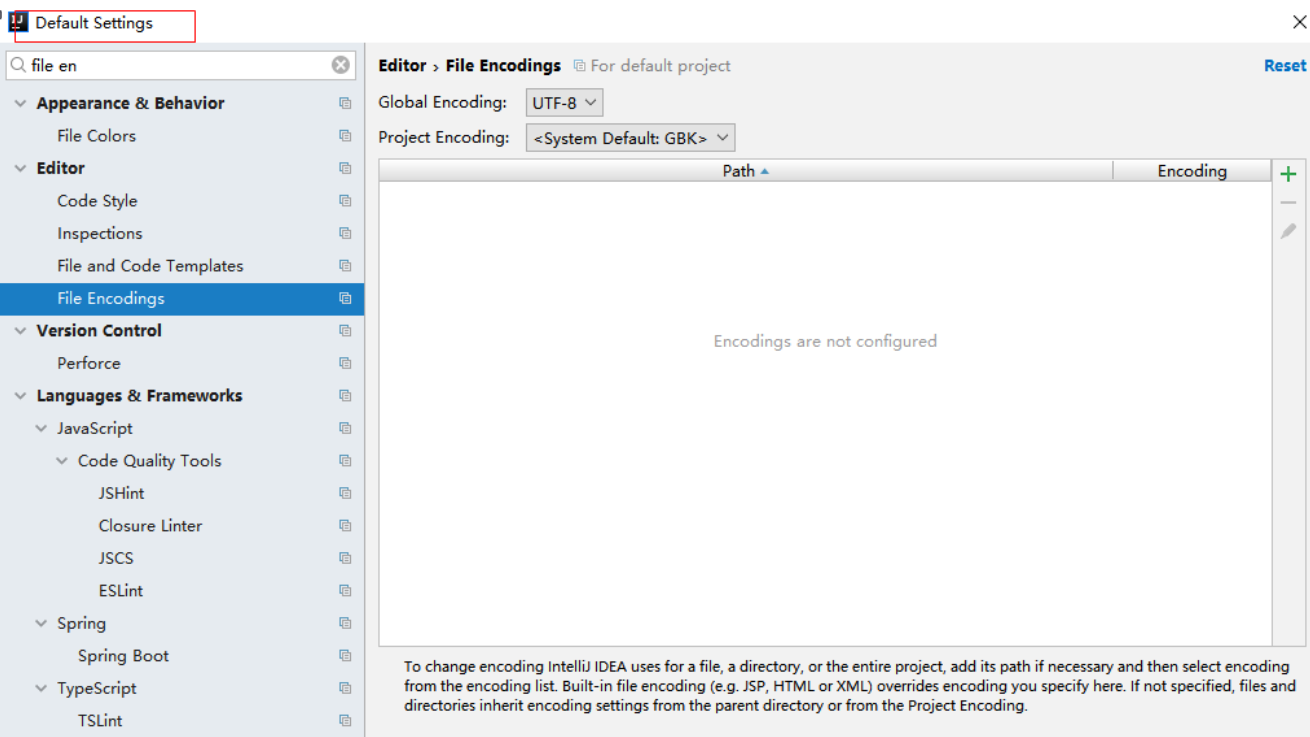国际化相关
来段注释:
/*** * ┌───┐ ┌───┬───┬───┬───┐ ┌───┬───┬───┬───┐ ┌───┬───┬───┬───┐ ┌───┬───┬───┐ * │Esc│ │ F1│ F2│ F3│ F4│ │ F5│ F6│ F7│ F8│ │ F9│F10│F11│F12│ │P/S│S L│P/B│ ┌┐ ┌┐ ┌┐ * └───┘ └───┴───┴───┴───┘ └───┴───┴───┴───┘ └───┴───┴───┴───┘ └───┴───┴───┘ └┘ └┘ └┘ * ┌───┬───┬───┬───┬───┬───┬───┬───┬───┬───┬───┬───┬───┬───────┐ ┌───┬───┬───┐ ┌───┬───┬───┬───┐ * │~ `│! 1│@ 2│# 3│$ 4│% 5│^ 6│& 7│* 8│( 9│) 0│_ -│+ =│ BacSp │ │Ins│Hom│PUp│ │N L│ / │ * │ - │ * ├───┴─┬─┴─┬─┴─┬─┴─┬─┴─┬─┴─┬─┴─┬─┴─┬─┴─┬─┴─┬─┴─┬─┴─┬─┴─┬─────┤ ├───┼───┼───┤ ├───┼───┼───┼───┤ * │ Tab │ Q │ W │ E │ R │ T │ Y │ U │ I │ O │ P │{ [│} ]│ | │ │Del│End│PDn│ │ 7 │ 8 │ 9 │ │ * ├─────┴┬──┴┬──┴┬──┴┬──┴┬──┴┬──┴┬──┴┬──┴┬──┴┬──┴┬──┴┬──┴─────┤ └───┴───┴───┘ ├───┼───┼───┤ + │ * │ Caps │ A │ S │ D │ F │ G │ H │ J │ K │ L │: ;│" '│ Enter │ │ 4 │ 5 │ 6 │ │ * ├──────┴─┬─┴─┬─┴─┬─┴─┬─┴─┬─┴─┬─┴─┬─┴─┬─┴─┬─┴─┬─┴─┬─┴────────┤ ┌───┐ ├───┼───┼───┼───┤ * │ Shift │ Z │ X │ C │ V │ B │ N │ M │< ,│> .│? /│ Shift │ │ ↑ │ │ 1 │ 2 │ 3 │ │ * ├─────┬──┴─┬─┴──┬┴───┴───┴───┴───┴───┴──┬┴───┼───┴┬────┬────┤ ┌───┼───┼───┐ ├───┴───┼───┤ E││ * │ Ctrl│ │Alt │ Space │ Alt│ │ │Ctrl│ │ ← │ ↓ │ → │ │ 0 │ . │<─┘│ * └─────┴────┴────┴───────────────────────┴────┴────┴────┴────┘ └───┴───┴───┘ └───────┴───┴───┘ */
- 默认访问首页
//使用WebMvcConfigurerAdapter可以来扩展SpringMVC的功能
//@EnableWebMvc 不要接管SpringMVC
@Configuration
public class MyMvcConfig extends WebMvcConfigurerAdapter {
@Override
public void addViewControllers(ViewControllerRegistry registry) {
// super.addViewControllers(registry);
//浏览器发送 /atguigu 请求来到 success
registry.addViewController("/atguigu").setViewName("success");
}
//所有的WebMvcConfigurerAdapter组件都会一起起作用
@Bean //将组件注册在容器
public WebMvcConfigurerAdapter webMvcConfigurerAdapter(){
WebMvcConfigurerAdapter adapter = new WebMvcConfigurerAdapter() {
@Override
public void addViewControllers(ViewControllerRegistry registry) {
registry.addViewController("/").setViewName("login");
//index.html 请求 转到login ,即定位首页登陆
registry.addViewController("/index.html").setViewName("login");
}
};
return adapter;
}
}
2.国际化
- 编写国际化配置文件
- 使用 ResourceBundleMessageSource 管理国际化资源文件
- 在页面使用 fmt:message 取出国际化内容。
步骤:
- 编写国际化配置文件,抽取页面需要显示的国际化消息

- springboot 自动配置好了管理国际化资源文件的组件
@ConfigurationProperties(prefix = "spring.messages") public class MessageSourceAutoConfiguration { /** * Comma‐separated list of basenames (essentially a fully‐qualified classpath * location), each following the ResourceBundle convention with relaxed support for * slash based locations. If it doesn't contain a package qualifier (such as * "org.mypackage"), it will be resolved from the classpath root. */ private String basename = "messages"; //我们的配置文件可以直接放在类路径下叫messages.properties; @Bean public MessageSource messageSource() { ResourceBundleMessageSource messageSource = new ResourceBundleMessageSource(); if (StringUtils.hasText(this.basename)) { //设置国际化资源文件的基础名(去掉语言国家代码的) messageSource.setBasenames(StringUtils.commaDelimitedListToStringArray( StringUtils.trimAllWhitespace(this.basename))); }
if (this.encoding != null) { messageSource.setDefaultEncoding(this.encoding.name()); }
messageSource.setFallbackToSystemLocale(this.fallbackToSystemLocale); messageSource.setCacheSeconds(this.cacheSeconds); messageSource.setAlwaysUseMessageFormat(this.alwaysUseMessageFormat); return messageSource; }
- 去页面获取国际化的值

<!DOCTYPE html> <html lang="en" xmlns:th="http://www.thymeleaf.org"> <head> <meta http‐equiv="Content‐Type" content="text/html; charset=UTF‐8"> <meta name="viewport" content="width=device‐width, initial‐scale=1, shrink‐to‐ fit=no"> <meta name="description" content=""> <meta name="author" content=""> <title>Signin Template for Bootstrap</title> <!‐‐ Bootstrap core CSS ‐‐> <link href="asserts/css/bootstrap.min.css" th:href="@{/webjars/bootstrap/4.0.0/css/bootstrap.css}" rel="stylesheet"> <!‐‐ Custom styles for this template ‐‐> <link href="asserts/css/signin.css" th:href="@{/asserts/css/signin.css}"rel="stylesheet">
</head> <body class="text‐center"> <form class="form‐signin" action="dashboard.html"> <img class="mb‐4" th:src="@{/asserts/img/bootstrap‐solid.svg}" src="asserts/img/bootstrap‐solid.svg" alt="" width="72" height="72"> <h1 class="h3 mb‐3 font‐weight‐normal" th:text="#{login.tip}">Please signin</h1> <label class="sr‐only" th:text="#{login.username}">Username</label> <input type="text" class="form‐control" placeholder="Username" th:placeholder="#{login.username}" required="" autofocus=""> <label class="sr‐only" th:text="#{login.password}">Password</label> <input type="password" class="form‐control" placeholder="Password" th:placeholder="#{login.password}" required="">
<div class="checkbox mb‐3"> <label> <input type="checkbox" value="remember‐me"/> [[#{login.remember}]] </label> </div> <button class="btn btn‐lg btn‐primary btn‐block" type="submit" th:text="# {login.btn}">Sign in</button> <p class="mt‐5 mb‐3 text‐muted">© 2017‐2018</p>
<a class="btn btn-sm" th:href="@{/login(l='zh_CN')}">中文</a>
<a class="btn btn-sm" th:href="@{/login(l='en_US')}">English</a>
</form>
</body>
</html>
效果:
根据浏览器语言设置的信息切换了国际化;
原理:
国际化Locale(区域信息对象);LocaleResolver(获取区域信息对象);
@Bean @ConditionalOnMissingBean @ConditionalOnProperty(prefix = "spring.mvc", name = "locale") public LocaleResolver localeResolver() { if (this.mvcProperties.getLocaleResolver() == WebMvcProperties.LocaleResolver.FIXED) { return new FixedLocaleResolver(this.mvcProperties.getLocale()); }
AcceptHeaderLocaleResolver localeResolver = new AcceptHeaderLocaleResolver(); localeResolver.setDefaultLocale(this.mvcProperties.getLocale()); return localeResolver; } 默认的就是根据请求头带来的区域信息获取Locale进行国际化
- 点击链接切换国际化
/** * 可以在连接上携带区域信息 */ public class MyLocaleResolver implements LocaleResolver { @Override public Locale resolveLocale(HttpServletRequest request) { String l = request.getParameter("l"); Locale locale = Locale.getDefault(); if(!StringUtils.isEmpty(l)){ String[] split = l.split("_"); locale = new Locale(split[0],split[1]); } return locale; } @Override public void setLocale(HttpServletRequest request, HttpServletResponse response, Localelocale) { } }
@Bean public LocaleResolver localeResolver(){ return new MyLocaleResolver(); } }
3. 登陆
模板引擎页面修改之后,要实时生效,需要做一些操作
1.禁用模板缓存
spring.thymeleaf.cache=false
2.页面修改了之后,Ctrl +F9 重新编译
登陆错误的消息显示
<p style="color: red" th:text="${msg}" th:if="${not #strings.isEmpty(msg)}"></p>
4.使用拦截器进行登陆检查
/** * 登陆检查, */ public class LoginHandlerInterceptor implements HandlerInterceptor { //目标方法执行之前 @Override public boolean preHandle(HttpServletRequest request, HttpServletResponse response, Object handler) throws Exception { Object user = request.getSession().getAttribute("loginUser"); if(user == null){ //未登陆,返回登陆页面 request.setAttribute("msg","没有权限请先登陆"); request.getRequestDispatcher("/index.html").forward(request,response); return false; }else{ //已登陆,放行请求 return true; } } @Override public void postHandle(HttpServletRequest request, HttpServletResponse response, Object handler, ModelAndView modelAndView) throws Exception { } @Override public void afterCompletion(HttpServletRequest request, HttpServletResponse response, Object handler, Exception ex) throws Exception { } }
注册拦截器
//所有的WebMvcConfigurerAdapter组件都会一起起作用 @Bean //将组件注册在容器 public WebMvcConfigurerAdapter webMvcConfigurerAdapter(){ WebMvcConfigurerAdapter adapter = new WebMvcConfigurerAdapter() { @Override public void addViewControllers(ViewControllerRegistry registry) { registry.addViewController("/").setViewName("login"); registry.addViewController("/index.html").setViewName("login"); registry.addViewController("/main.html").setViewName("dashboard"); }
//注册拦截器 @Override public void addInterceptors(InterceptorRegistry registry) { //super.addInterceptors(registry); //静态资源; *.css , *.js //SpringBoot已经做好了静态资源映射 registry.addInterceptor(new LoginHandlerInterceptor()).addPathPatterns("/**").excludePathPatterns("/index.html","/","/user/login"); } }; return adapter; }
参照别人的详情
详细的国际化配置
听起来高大上的国际化,起始就是在利用浏览器语言,或者页面中的中英文切换,将页面的文字在其他语言和中文进行切换,比如:

我们想让这个功能实现,点击中文,页面就是中文的,点击英文就是英文的。
国际化配置
那么我们来看,SpringBoot默认是按照你浏览器的语言来切换中英文的,配置文件呢,我们可以在resources中这样写:
1. 新建一个名叫“i18n”的包,我们用来存放国际化配置,然后在这个包下,我们再创建几个properties的配置文件,用来配置语言:

如图方式,我们创建3个文件,分别是无语言配置时候生效的login.properties;中文生效的login_zh_CN.properties;英文生效的login_en_US.properties;
也就是以下划线的组合:文件名_区域_语言.properties;当我们这样命名生成文件后,IDEA也会帮我们识别这是个国际化配置包,自动转换成如下的模式:

当然变成如上模式的时候,我们再需要添加配置文件,直接在包右键new就可以了


方便了许多~
2. 我们要在这些配置文件里做些改动,先来点击login_en_US的配置文件,然后点击下边如图所示的Resource Bundle的按钮,切换编辑模式:

按照如图的方法,点击加号,添加一个key,我们取名叫login.tip就是页面中用到的提示的意思

接下来,按照我们页面需要转换的量,来做配置,如下图(我把等下登录页要用的都配置好了):

还没完,不要急,看起来复杂,学会了就简单了,后边我们需要将页面上引用这些值,来看。
记得在我们的application.properties中添加配置参数,让我们的配置生效:
spring.messages.basename=i18n.login
HTML页-配置
基于之前的文章,我们了解到Thymeleaf中的语法中@和#的作用,看看如何使用,先直接上图:

前边表单里我们将所有需要的参数用#{xx.yy}的形式,按照配置的国际化参数都设置好,为了使用模板,我们需要用到th:text之类的参数来替换原来的参数。(注意看原来页有同样的text、placeholder等参数)
而为了使Thymeleaf模板生效,别忘了在html的参数中加上这句xmlns:
<!DOCTYPE html> <html lang="en" xmlns:th="http://www.thymeleaf.org"> <head>
这样,我们就可以在切换浏览器语言的情况下,进行中英文切换了,设置方法以chrome举例(需要英文就添加英文置顶):

自定义配置,使我们页面中的中英文切换生效
有耐心的同学,我们来看一下正题,怎么使自己的配置生效:
1. 文章顶部的截图,我们看到的中英文按钮的HTML,我们来看,如何配置:

注意,我这里将访问的页面其实是;localhost:8080/index.html?l=zh_CN,这也是我们点击中文按钮以后生成的链接。在Thymeleaf的模板语法中,参数是不用“?”的,而是使用小括号,然后参数按照key=value的形式设置,注意单引号;
2. 为了让自定义的配置生效,我们要做的就是覆盖或改变默认的配置,那么我们新建一个文件 MyLocaleResolver,用来实现 LocaleResolver 接口的作用;

具体方法:(因为我们的区域是用下划线“_”来配置的,所以这里用分隔符来取得区域和语言,放到request中)
package com.iceodin.common.component;
import org.springframework.util.StringUtils;
import org.springframework.web.servlet.LocaleResolver;
import javax.servlet.http.HttpServletRequest;
import javax.servlet.http.HttpServletResponse;
import java.util.Locale;
/**
* 在链接上携带区域信息
*/
public class MyLocaleResolver implements LocaleResolver {
@Override
public Locale resolveLocale(HttpServletRequest httpServletRequest) {
String l = httpServletRequest.getParameter("l");
Locale locale = Locale.getDefault();
if (!StringUtils.isEmpty(l)) {
String[] split = l.split("_");
locale = new Locale(split[0], split[1]);
}
return locale;
}
@Override
public void setLocale(HttpServletRequest httpServletRequest, HttpServletResponse httpServletResponse, Locale locale) {
}
}
3. 让我们的配置生效,当然就要把配置加入到SpringBoot的容器中,所以,在之前的配置文件中,加入Bean:

4. 最好我们来看成果喽:
默认的语言展示,由于浏览器默认中文,所以:

然后点击下方English,看url和页面的变化:

我们再点击中文:

